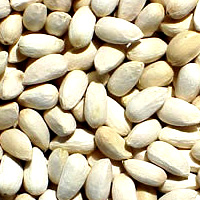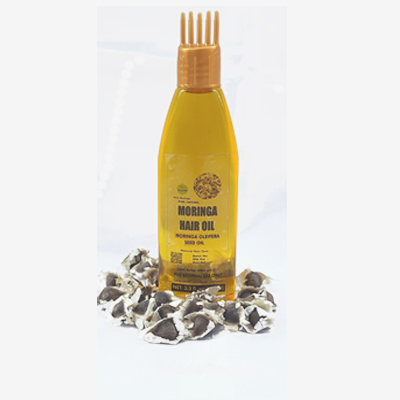NEEM PRODUCTS

Azadirachta indica, is also known as neem, nimtree, and Indian Lilac is a tree in the mahogany family Meliaceae. Azadirachta indica is one of two species in the genus azadirachta, and is native to India and the Indian subcontinent including Nepal, Pakistan, Bangladesh and Sri Lanka. It is typically growing in tropical and semi-tropical regions. Neem trees now also grow in islands in the southern part of Iran. Its fruits and seeds are the source of neem oil.
OTHER NAMES
Names for this plant in various languages include
Nim Bengali
Nim, Neem Hindi
Bevu Kannada
Arya Veppu Malayalam
Nimm Punjabi
Nimba Sanskrit, Marathi, Oriya
Kohomba Sinhala
Vepa Telugu
Vembu Tamil
Dongoyaro Yoruba
Limado Gujarati

SCIENTIFIC CLASSIFICATION
Kingdom: Plantae
(unranked): Angiosperms
(unranked): Eudicots
(unranked): Rosids
Order: Sapindales
Family: Meliaceae
Genus: Azadirachta
Species: A. indica
Binomial name
Azadirachta indica
DESCRIPTION OF NEEM TREE
Neem tree is a fast-growing tree that can reach a height of 15–20 metres (49–66 ft), rarely to 35–40 metres (115–131 ft). It is evergreen, but in severe drought it may shed most or nearly all of its leaves. The branches are wide and spreading. The fairly dense crown is roundish and may reach a diameter of 15–20 metres (49–66 ft) in old, free-standing specimens. The neem tree is very similar in appearance to its relative, the Chinaberry (Melia azedarach).
The opposite, pinnate leaves are 20–40 centimetres (7.9–15.7 in) long, with 20 to 31 medium to dark green leaflets about 3–8 centimetres (1.2–3.1 in) long. The terminal leaflet is often missing. The petioles are short.
The (white and fragrant) flowers are arranged in more-or-less drooping axillary panicles which are up to 25 centimetres (9.8 in) long. The inflorescences, which branch up to the third degree, bear from 150 to 250 flowers. An individual flower is 5–6 millimetres (0.20–0.24 in) long and 8–11 millimetres (0.31–0.43 in) wide. Protandrous, bisexual flowers and male flowers exist on the same individual tree.
The fruit is a smooth (glabrous) olive-like drupe which varies in shape from elongate oval to nearly roundish, and when ripe is 1.4–2.8 centimetres (0.55–1.10 in) by 1.0–1.5 centimetres (0.39–0.59 in). The fruit skin (exocarp) is thin and the bitter-sweet pulp (mesocarp) is yellowish-white and very fibrous. The mesocarp is 0.3–0.5 centimetres (0.12–0.20 in) thick. The white, hard inner shell (endocarp) of the fruit encloses one, rarely two or three, elongated seeds (kernels) having a brown seed coat.



